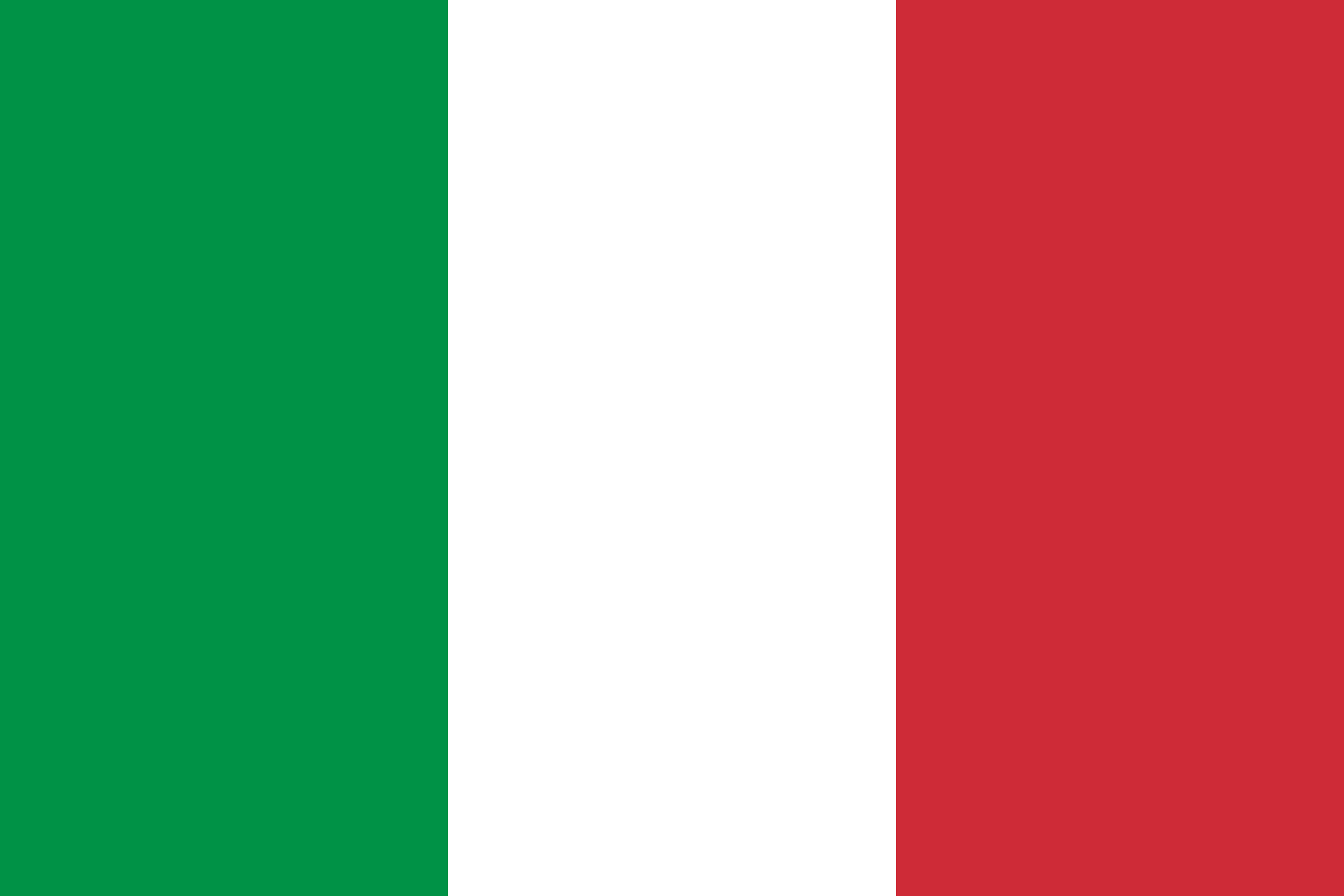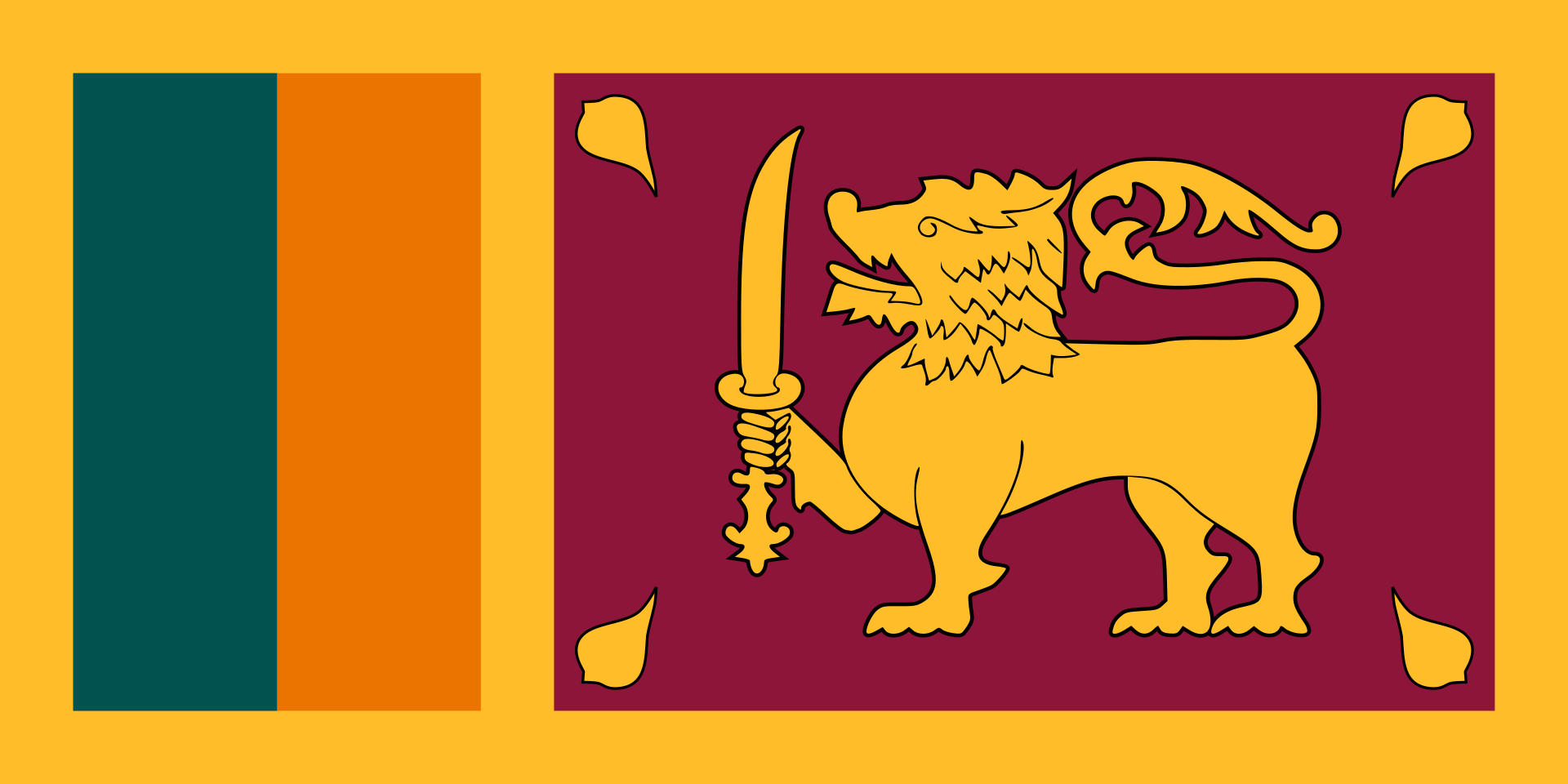Flags Of The World: A Colorful Guide With Names And Pictures
Hey there, flag fanatics and curious minds! Ever wondered about the diverse world of flags? They're more than just colorful rectangles; they're symbols, stories, and signals of national pride, history, and identity. Let's embark on a global journey, exploring the fascinating world flags, their names, and of course, their pictures. From the bold stripes of the USA to the serene crescent of Turkey, each flag tells a tale. Get ready to expand your knowledge and appreciate the rich tapestry of global cultures! This guide is your passport to understanding the symbols that unite and differentiate the nations of our planet. Buckle up, and let's dive in!
Decoding the Meaning Behind World Flags: A Deep Dive
Alright, guys, let's get into the nitty-gritty of flag meanings. Understanding what the symbols and colors represent is key to truly appreciating each flag's story. It's like a secret code, and we're here to crack it! The colors used in world flags often hold significant meaning. Red frequently signifies courage, revolution, or the blood shed for a nation. White often represents peace and purity, while blue can symbolize the sea, the sky, or tranquility. Green is commonly associated with nature, agriculture, and hope. Black might stand for the people's determination or the nation's struggles. Gold or yellow can represent wealth, the sun, or generosity. Besides the colors, the shapes and symbols also play a crucial role. Stars typically represent unity or states, while a crescent moon often symbolizes Islam. Crosses may refer to Christianity, and suns might represent enlightenment or a new beginning. Animals, like eagles or lions, can denote strength and power. The arrangement of these elements is also important. Stripes can signify unity or divisions, while a central emblem highlights a key aspect of the nation. It's not just about aesthetics; each element carries a message. For instance, the USA's flag, with its stars representing the states and stripes representing the original colonies, embodies a nation forged from unity and freedom. Understanding these details lets you see flags not just as pieces of cloth but as powerful statements of national identity. So, the next time you see a flag, take a moment to consider its components, and you'll uncover a rich narrative about the country it represents!
Now, let's explore some examples of flags and their meanings to illustrate this further. The French flag, the Tricolore, is a great example. The blue, white, and red stripes represent liberty, equality, and fraternity – the core values of the French Revolution. Then there is the Japanese flag, with its simple yet powerful design. The red disc in the center represents the sun, embodying the country's nickname, the 'Land of the Rising Sun.' The Canadian flag, or Maple Leaf flag, is another great case. It proudly displays a red maple leaf, symbolizing the country's unity and its natural heritage, against a white background. These examples demonstrate how flags use simple elements to convey complex messages about a nation’s history, values, and aspirations. Therefore, appreciating flags is a visual gateway into the culture, history, and identity of different countries.
The Most Popular Flags and Their Meanings
Alright, let’s talk about some of the most recognizable flags worldwide. The United States flag, known as the Stars and Stripes, is probably one of the most famous. It has thirteen stripes representing the original colonies and fifty stars representing the current states. It’s a powerful symbol of freedom, unity, and the American dream, instantly recognizable around the globe. Then, we have the flag of Brazil, with its vibrant green background and yellow diamond, which contains a blue circle with white stars. The green represents the country's lush forests, the yellow represents its mineral wealth, and the blue circle with stars represents the sky over Rio de Janeiro. The stars also represent the Brazilian states. The flag of China, with its red background and a large yellow star, represents the Communist Party of China. The four smaller stars symbolize the four social classes of China. This flag is a strong emblem of unity, revolution, and the Chinese people's aspirations. These popular flags are like global ambassadors, easily recognized and often seen in international events, at embassies, or in popular media. They also carry important cultural and political messages.
The Importance of Flags in National Identity
Flags are more than just pieces of cloth; they're vital to a nation's identity and pride. They are symbols that unite people, especially during times of celebration or crisis. Flags represent shared values, history, and aspirations, creating a sense of belonging and collective identity. They are often displayed during national holidays, sporting events, and official ceremonies, fostering patriotism and reinforcing national unity. Moreover, a country's flag is a constant visual reminder of its independence and sovereignty. It flies proudly at government buildings, embassies, and military installations, representing the nation's presence and authority. Furthermore, flags can also play a crucial role in shaping a country's image on the international stage. They are used in international relations, diplomatic events, and global forums to project a country's identity and values to the world. A well-designed flag can project a positive image and promote national pride and unity. Thus, flags serve as powerful symbols of national pride and collective identity. They unite people, represent shared values, and project a country's presence on both a national and international level.
A Visual Tour of World Flags: Names and Pictures
Let's get the visual tour started! Below, we'll journey through a variety of flags from around the globe. Get ready to match the names with the pictures and see the world in a whole new, colorful light. We'll start with the flags from all over the world, then move on to regional flags, flags with animals, and historical flags.
Flags from Around the World
- United States of America: A field of stars and stripes, it’s a global icon.

- Canada: Features a red maple leaf, representing the country's natural beauty.

- Brazil: With a green field and a yellow diamond, it displays a blue globe with stars.

- Japan: Known as the 'Land of the Rising Sun,' its flag has a red sun on a white background.

- China: A red field with a large yellow star and smaller stars. It's a symbol of the revolution.

- France: The Tricolore – with blue, white, and red stripes. A symbol of liberty, equality, and fraternity.

- Germany: Shows black, red, and gold stripes. It's a symbol of unity and a shared history.

- Italy: Features green, white, and red vertical stripes. It represents the country's values.

- United Kingdom: A combination of the flags of England, Scotland, and Ireland.

- Australia: Features the Union Jack, Southern Cross, and a Commonwealth Star.

Regional Flags
- European Union: A circle of gold stars on a blue background, representing unity and harmony.

- African Union: Green background with a map of Africa and stars representing unity.

- Arab League: Features a green background with a crescent moon, a symbol of Islam.

- NATO: A dark blue field with a compass rose surrounded by a white star.

Flags Featuring Animals
- Sri Lanka: Includes a golden lion holding a sword.

- Wales: The red dragon is a powerful symbol on a white and green background.

- Mexico: Features an eagle eating a snake, a central symbol of its history.

- Albania: Shows a black double-headed eagle on a red field, symbolizing strength and resilience.

Historical Flags
- Roman Empire: The SPQR banner, representing the power and authority of Rome.

- Soviet Union: The red flag with a hammer and sickle, a symbol of communism and the workers' state.

- Imperial Japan: The Rising Sun Flag, used before and during World War II.

- Confederate States of America: The iconic battle flag, representing the Confederacy during the American Civil War.

Learning More About Flags
So, you’re hooked, huh? Ready to dive deeper into this fascinating world? Great! Here are some ways to continue your flag exploration journey. You could visit websites dedicated to flags and vexillology, such as the Flags of the World (FOTW) website, which has extensive information, articles, and discussions. You can also explore local libraries and museums that may feature flag collections or historical exhibits. There are also many educational resources available online, like documentaries, quizzes, and educational games. These resources are designed to deepen your understanding and appreciation for flags around the world. Don't be afraid to read books and articles on flag design, history, and symbolism. By immersing yourself in the details and stories behind each flag, you'll become an expert in no time! So, continue exploring, learning, and sharing your newfound knowledge of flags. Happy flag hunting, everyone!
Conclusion: The Colorful World of Flags
Well, folks, we've journeyed around the globe, from the bold stars of the USA to the serene crescent of Turkey. We hope you've enjoyed our whirlwind tour of flags, learning about their names, and seeing their pictures! Remember, flags are more than just pieces of fabric; they tell stories. They connect us to cultures, histories, and the aspirations of people worldwide. As you continue to explore, remember to appreciate the rich narratives each flag holds. Keep learning, keep exploring, and keep your eyes open for the flags that tell the world's story. Happy travels and happy flag spotting!